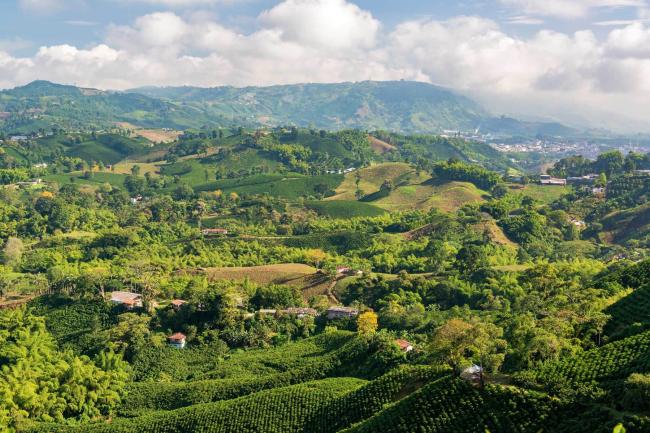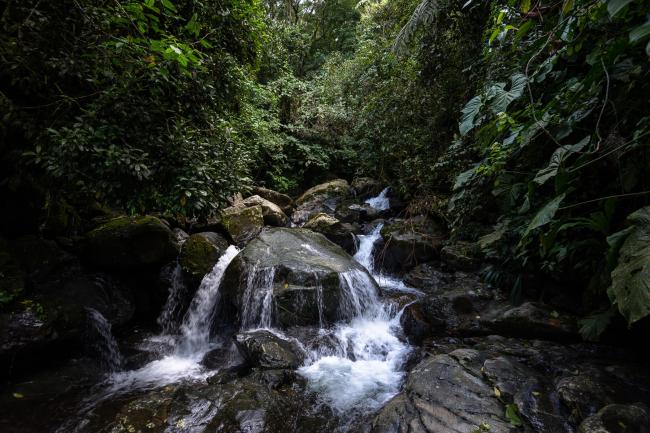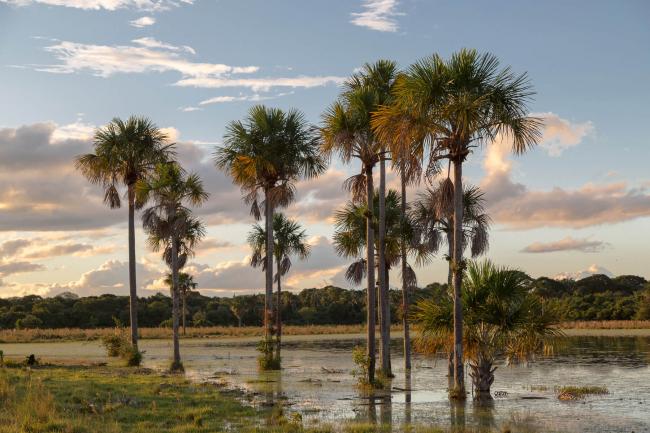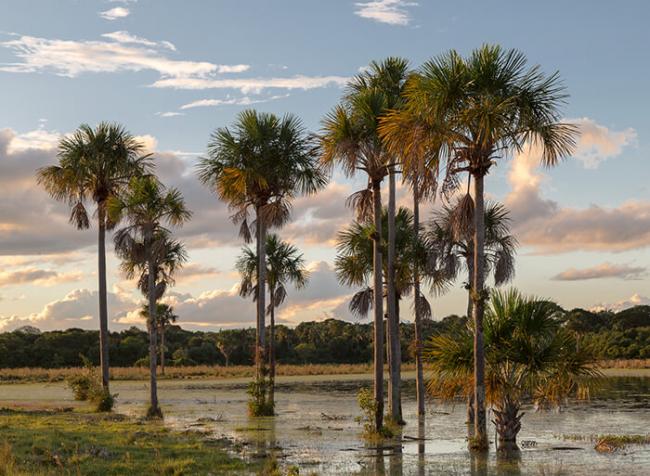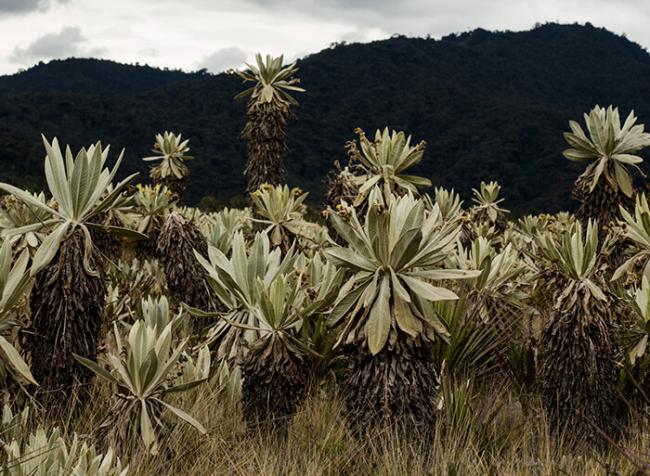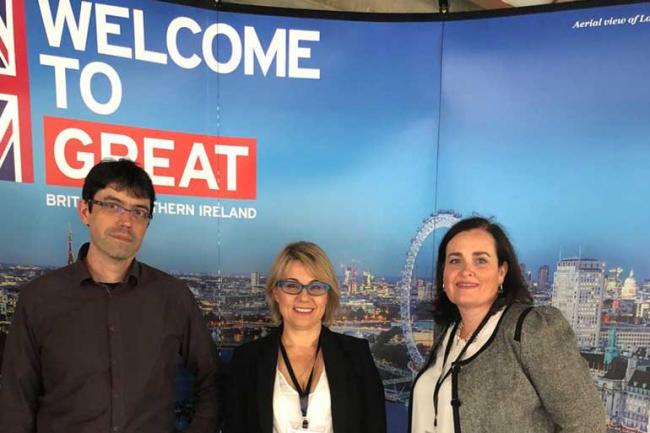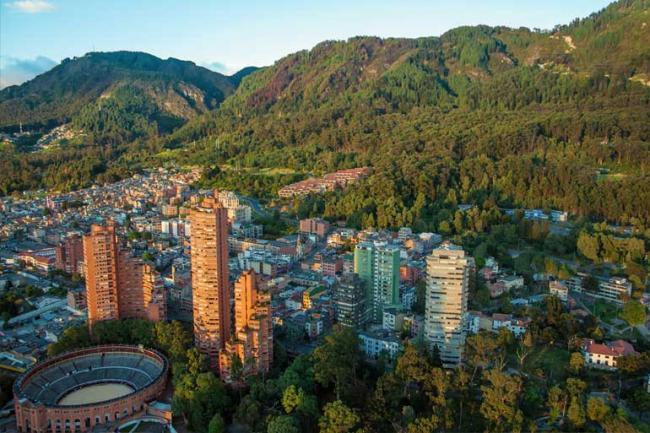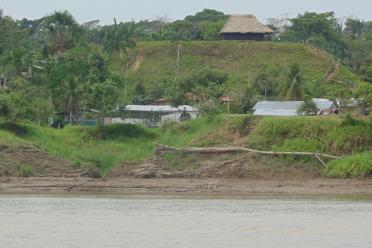
Accompanied by a delegation of six British and six Colombian organizations, the British Ambassador to Colombia, Dr. Peter Tibber, visited for the first time the Amazonian Trapeze to initiate an international exchange of experience, to improve and implement good sustainable tourism practices and scientific research as a strategy to stop deforestation and stimulate the socioeconomic development of the region.
For four days, the group of 16 experts in biology, economics, history, development, environmental policy, sustainable tourism, design, art, communications and marketing developed an agenda that included discussion with government, environmental, academic and local communities about the challenges and opportunities for tourism and research in the area.
After meeting with the municipalities of Leticia, Puerto Nariño and the Governor of the Amazon, the Ambassador Tibber expressed concern:
“Deforestation in the region has increased dramatically and Colombia must do more to counteract it. This requires a real political commitment, an accompaniment of competent experts, financial support and the participation of the international community.”
However, for the experts there are tourism models that could contribute to the sustainability of the territory not only in environmental terms, but also in socio-economic terms. Martin Davies, founder from the British consultancy Parides explained:
“The Amazon rainforest represents a great attraction for national and international visitors and, therefore, an opportunity to develop a prosperous economy.” Properly managed, sustainable tourism offers a potentially powerful economic incentive to encourage conservation.”
An example of this type of model is Calanoa, proposed by artist Diego Samper and educator Marlene Samper to integrate accommodation, sustainable architecture, art, innovative design, education and community participation in the Amazon.
This inclusion of local communities is key because, as stated by BirdLife International’s Keith Madden:
“It not only allows the benefits of tourism resources and assets to be widely distributed among them, but also promotes a revaluation of the own in environmental terms and cultural, and possibly a growing pride in protecting it. Also, the communities have a lot of knowledge of the value of their lands and biodiversity, which can contribute to the richness of the experience offered to tourists.”
For Diana Deaza of the Amacayacu National Natural Park, the tourism management:
“that we are advancing with the Special Public Authorities of the indigenous communities of Mocagua and San Martín de Amacayacu proposes a coordination between different institutional actors and ecotourism authorities through management agreements of an territory located in the triple border.”
In summary, as posed by Mireia Guix, researcher at the University of Surrey in the United Kingdom and Universidad del Rosario in Colombia:
“a good planning of destinations and product design together with local entrepreneurship, and training and advice in the development of operational and management skills for tourism in the local population are the basis for a competitive, structured and diversified destination.”
Nevertheless, tourism in the region can go beyond the ordinary citizen and focus on a specialized audience such as scientific researchers. This, according to Luz Marina Mantilla, general director of the Amazonian Institute for Scientific Research -SINCHI, can be:
“a huge opportunity for sustainability and conservation of the Amazon for contributing to the dissemination of knowledge of biodiversity there, which represents 42% of Colombia’s territory.”
Likewise, GROW Colombia, Prof. Federica Di Palma, declared that:
“sustainable tourism in the Amazon may be one of the new opportunities for Colombia in the post-conflict era and scientists of the United Kingdom can continue to help Colombians capitalize on the global value of this ecological wealth.”
During the visit, a joint launch with the Omacha Foundation and WWF Colombia of a guide aimed at fishermen for responsible dolphin watching was also made. According to Fernando Trujillo of Omacha:
“The guide contains rules that allow a better observation of the dolphins in their natural habitats to reduce negative interactions that may affect them.”
Saulo Usma of WWF added:
“Following these rules guarantees better economic income to the sustainable tourism sector.”
At the end, action points were raised among the organizations involved to give continuity to the exercise in the coming months, within the framework of the Technical Assistance Programme of the International Climate Fund of the UK.
In addition, Ambassador Tibber added:
“Sustainable tourism and scientific research are part of the solution to global environmental problems, but they are not the only ones. That is why our environmental program is currently the largest and most important programme in the United Kingdom in Colombia with funds for the reduction of deforestation; sustainable livestock, agriculture and infrastructure; the reduction of environmental crime and technical assistance for a low carbon emission development, which, we hope, will be evidenced in green growth...”
